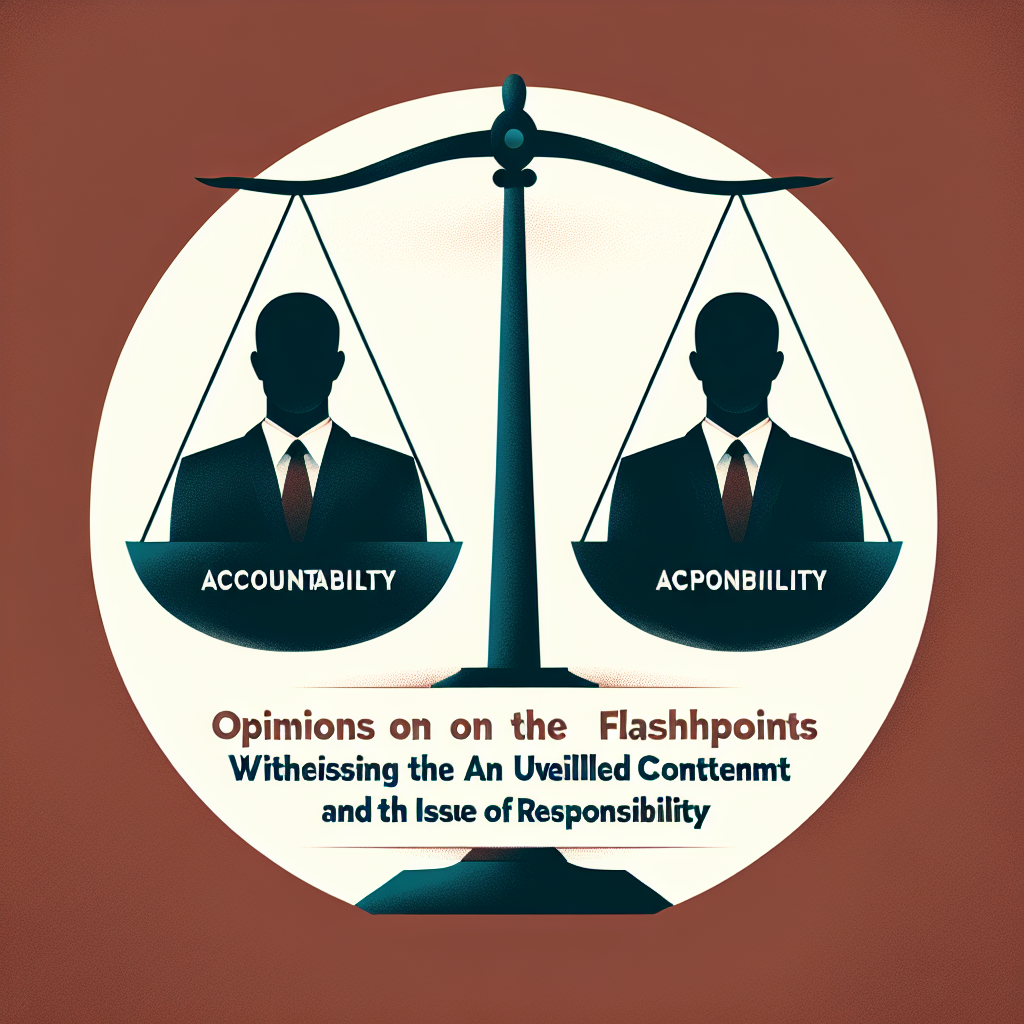In her commentary, Miranda Devine delves into the complex dynamics between President Joe Biden and Vice President Kamala Harris, suggesting that there exists a hidden disdain that Biden harbors towards his vice president. This perception arises from a series of decisions and actions that seemingly undermine Harris’s role, culminating in a broader narrative about Biden’s leadership style. Devine points to background context, including Biden’s own political history and relationships, arguing that he has a tendency to view his subordinates through a critical lens. This alleged contempt may be evident in their public interactions and the lack of significant responsibilities assigned to Harris, which could give insights into the underlying tensions within the administration.
Devine further explores how these interactions reflect on Biden’s governance and decision-making processes. The author proposes that hierarchical politics and the dominance exhibited by Biden could be emblematic of his approach to leadership, where loyalty to him may overshadow genuine collaboration. The lack of meaningful initiatives spearheaded by Harris might suggest that she is not operating with the authority typically afforded to vice presidents, raising questions about the effectiveness of their partnership. Moreover, this perceived power imbalance could have ramifications for policy coherence and the ability to tackle pressing issues facing the administration.
The commentary also touches on the broader implications of Biden’s leadership style and its potential impact on the Democratic Party’s future, especially as midterm elections loom. Devine posits that the personal dynamics between Biden and Harris could influence voter perceptions and the party’s strategy. The apparent rift between the two could create challenges in consolidating support among various factions within the party, potentially leading to disunity. Furthermore, if the administration fails to capitalize on Harris’s strengths, such as her engagement on social justice issues, it may lead to missed opportunities to resonate with a diverse electorate.
Additionally, Devine shifts the focus towards Hunter Biden, President Biden’s son, who has been embroiled in controversies related to his business dealings and personal conduct. The author discusses the implications of Hunter’s actions on Biden’s presidency, particularly regarding public trust and accountability. Despite the scrutiny and allegations surrounding Hunter, there is a perception that he has not faced the same degree of legal repercussions that would typically apply to others in similar situations. Devine questions whether this is symptomatic of a broader issue within the Biden administration, suggesting that it may reflect a double standard in the pursuit of justice.
As the narrative develops, Devine examines the potential consequences that Hunter’s situation may have for both Biden and the Democratic Party. The author warns that if Hunter remains unaccountable, it could become a liability for Biden, complicating his political landscape and eroding trust among constituents. This scenario, juxtaposed with the perceived tensions in Biden’s relationship with Harris, creates a picture of an administration under strain and susceptible to internal and external challenges.
In conclusion, Devine encapsulates her argument by emphasizing the interconnectedness of Biden’s relationship with Harris and Hunter’s legal challenges. She posits that these elements are crucial in understanding the current state of the Biden administration and its potential trajectory moving forward. The dynamics of leadership, accountability, and public perception are interwoven, suggesting that the unfolding political narrative will hinge on how these relationships evolve in the context of impending electoral pressures and ongoing scrutiny from various stakeholders.

